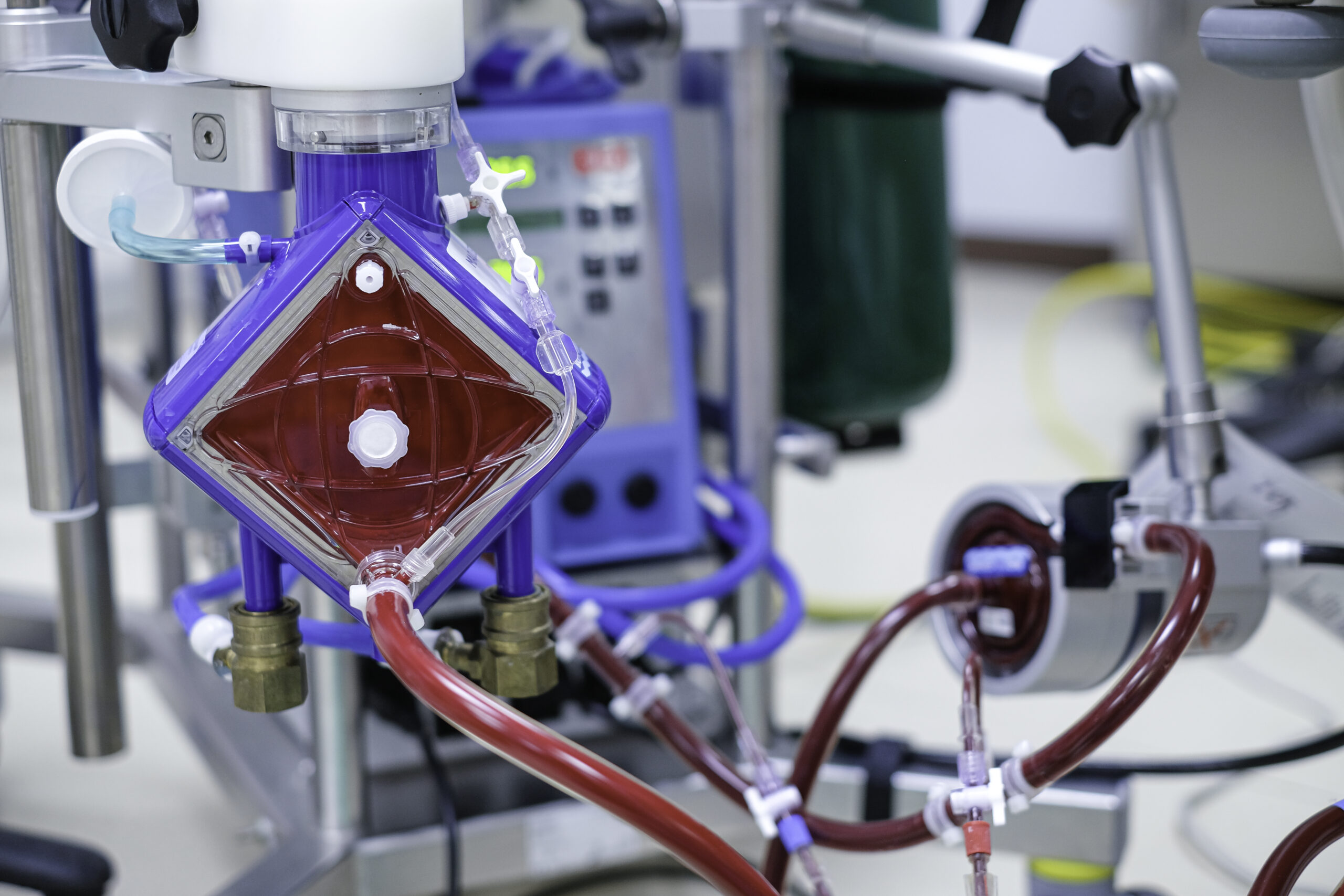Tumescent anesthesia is a specialized technique used primarily in dermatologic and cosmetic surgery for procedures such as liposuction, skin excisions, and other minor surgeries. This method has revolutionized the way local anesthesia is administered by allowing large areas of the body to be numbed with minimal systemic side effects. Tumescent anesthesia involves the injection of a dilute solution of local anesthetic, usually lidocaine, combined with epinephrine and sodium bicarbonate into subcutaneous tissue, causing it to become firm and swollen, or “tumescent.”
The tumescent solution typically includes several key items. Lidocaine is the primary anesthetic agent used for numbing, ensuring that the patient feels little to no pain during the procedure. The addition of epinephrine causes vasoconstriction, which reduces bleeding during the procedure and helps to prolong the numbing effect of lidocaine. Sodium bicarbonate helps to buffer the solution and reduce the acidity of the mixture, minimizing the burning sensation that can sometimes accompany lidocaine injections. Finally, since high volumes of local anesthetic can lead to toxicity, normal saline and Ringer’s lactate solution are used to dilute the anesthetic mixture to a safe concentration and allow large volumes to be injected.
The “tumescent” state refers to the swelling of tissues after the solution is injected into the subcutaneous fat. This swelling enables the spread of the anesthetic over a larger area, effectively numbing the target region while the epinephrine constricts blood vessels, reducing bleeding. The technique allows for extensive surgical work with minimal pain, bleeding, or the need for general anesthesia. Lidocaine in the tumescent solution has a slower absorption rate into the bloodstream than when used in traditional local anesthesia, allowing for higher total doses of lidocaine to be used safely without risking systemic toxicity 1.
Tumescent anesthesia has become the standard of care in several cosmetic and minor surgical procedures. The most common application of tumescent anesthesia is in liposuction, where large volumes of fat are removed. Liposuction can be performed with tumescent anesthesia and sedation, avoiding the risks of general anesthesia while providing pain relief 2. Dermatological procedures such as excision of skin cancers, cyst removal, or scar revision surgeries frequently use tumescent anesthesia, as its localizing effect reduces pain and promotes quicker recovery 3,4. Finally, other minor plastic surgeries can also be performed under tumescent anesthesia, depending on the patient’s needs and the surgeon’s preferences 5.
Tumescent anesthesia provides many benefits in surgery. First, it reduces the need for general anesthesia, which is associated with significant side effects and can require prolonged recovery. Furthermore, the vasoconstrictive effect of epinephrine reduces blood loss during surgery, improving the surgeon’s visibility and lowering the risk of complications related to excessive bleeding. Additionally, the slow absorption of lidocaine into the bloodstream reduces the risk of lidocaine toxicity. Lastly, patients recover more quickly and experience less post-operative discomfort 1,6.
While generally safe, tumescent anesthesia has some risks. Lidocaine toxicity can occur if improperly dosed, although the risk is very low with proper technique. Clinicians should be prepared to immediately intervene in cases of local anesthetic system toxicity. Infection at the injection site, though this is uncommon with sterile technique, is also possible 7,8.
References
1. Conroy, P. H. & O’Rourke, J. Tumescent anaesthesia. Surgeon 11, 210–221 (2013). doi: 10.1016/j.surge.2012.12.009.
2. Venkataram, J. Tumescent liposuction: A review. J. Cutan. Aesthet. Surg. (2008). doi:10.4103/0974-2077.44159
3. Davila, P. & Garcia-Doval, I. Tumescent Anesthesia in Dermatologic Surgery. Actas Dermosifiliogr. 103, 285–287 (2012). DOI: 10.1016/j.ad.2011.06.006
4. Uttamani, R., Venkataram, A., Venkataram, J. & Mysore, V. Tumescent Anesthesia for Dermatosurgical Procedures Other Than Liposuction. J. Cutan. Aesthet. Surg. 13, 275 (2020). DOI: 10.4103/JCAS.JCAS_192_19
5. Gutowski, K. A. Tumescent Analgesia in Plastic Surgery. Plast. Reconstr. Surg. (2014). doi:10.1097/prs.0000000000000678
6. Roerden, A., Neunhoeffer, F., Götz, A., Häfner, H. M. & Kofler, L. Benefits, safety and side effects of tumescent local anesthesia in dermatologic surgery in infants. JDDG – Journal of the German Society of Dermatology (2021). doi:10.1111/ddg.14340
7. Schnabl, S. M. et al. Risk analysis of systemic side effects of tumescent local anaesthesia in the surgical treatment of geriatric and multimorbid patients with skin cancer. J. Eur. Acad. Dermatology Venereol. (2023). doi:10.1111/jdv.18588
8. Tabboush, Z. S. Tumescent Anesthesia: A Concern of Anesthesiologists [2]. Anesth. Analg. 98, 1190 (2004). DOI: 10.1213/01.ANE.0000107603.91874.8E

